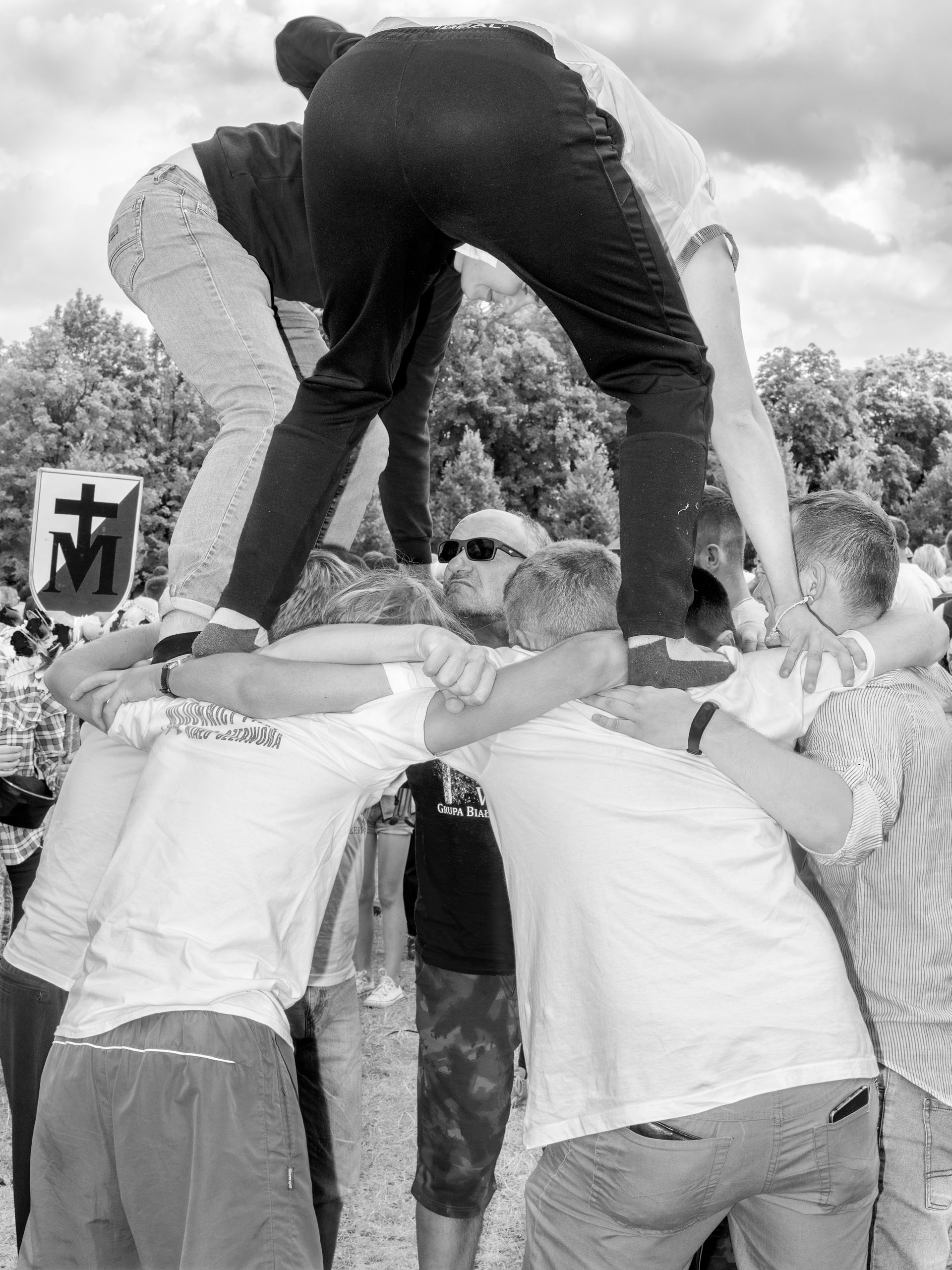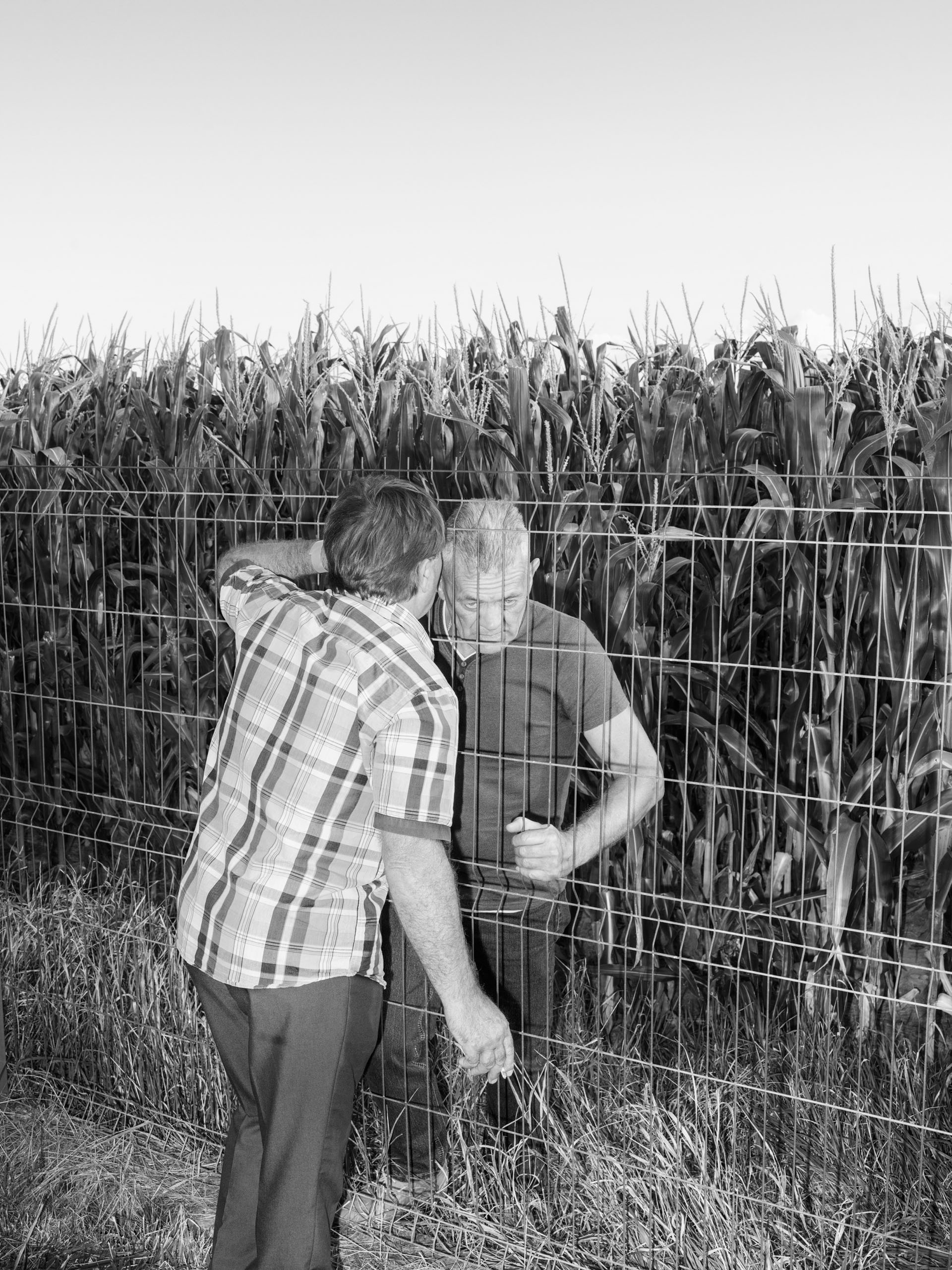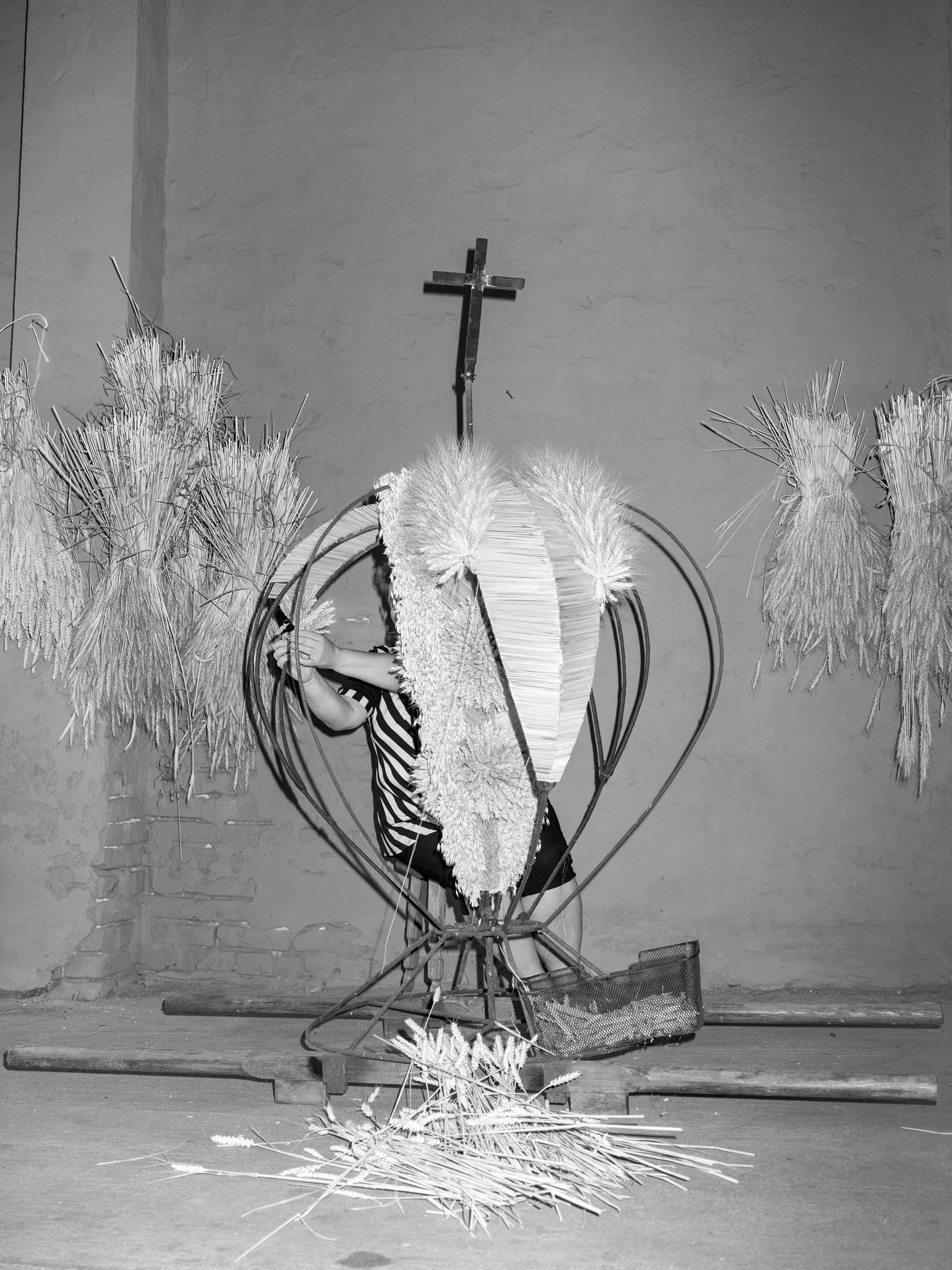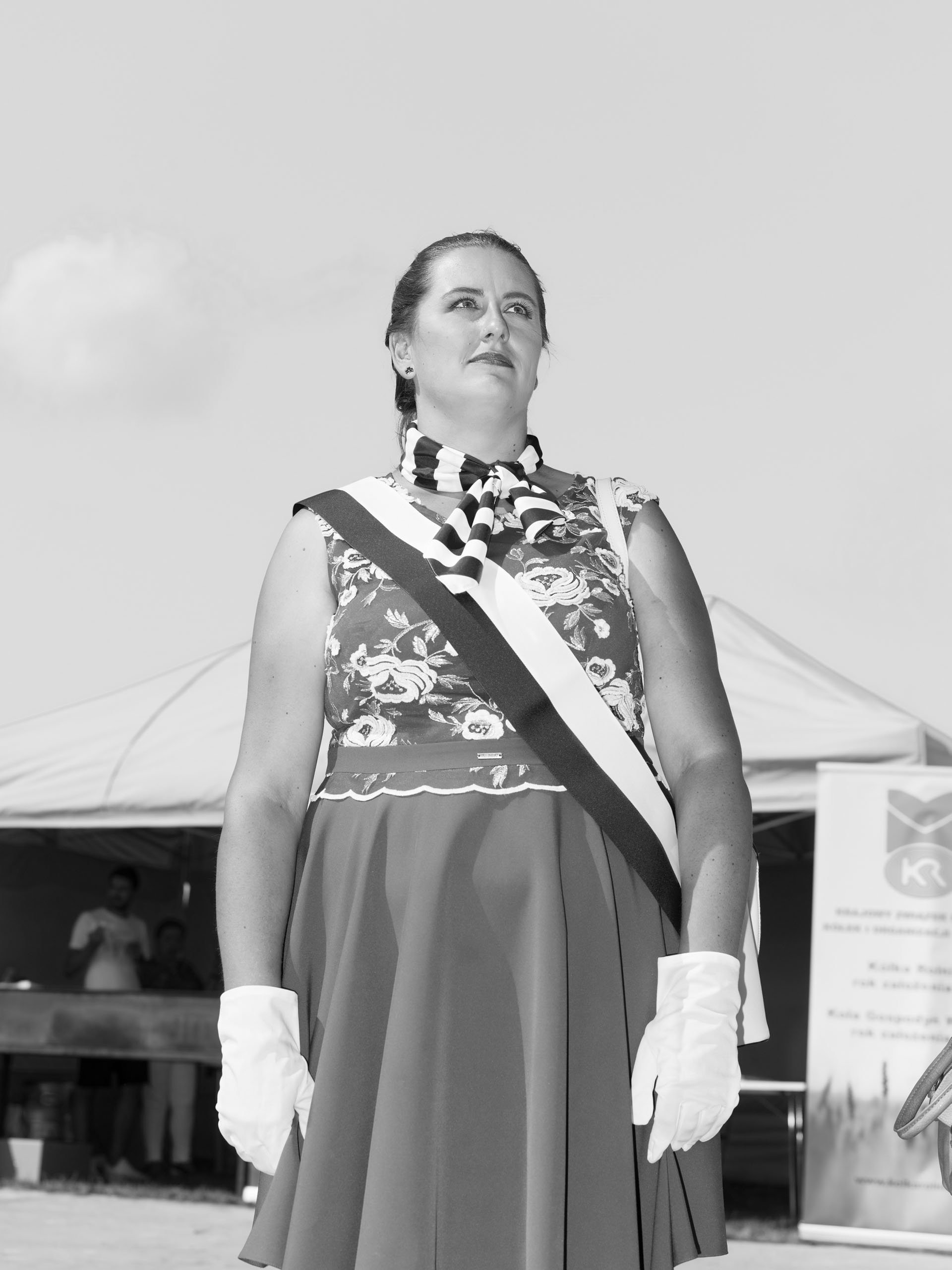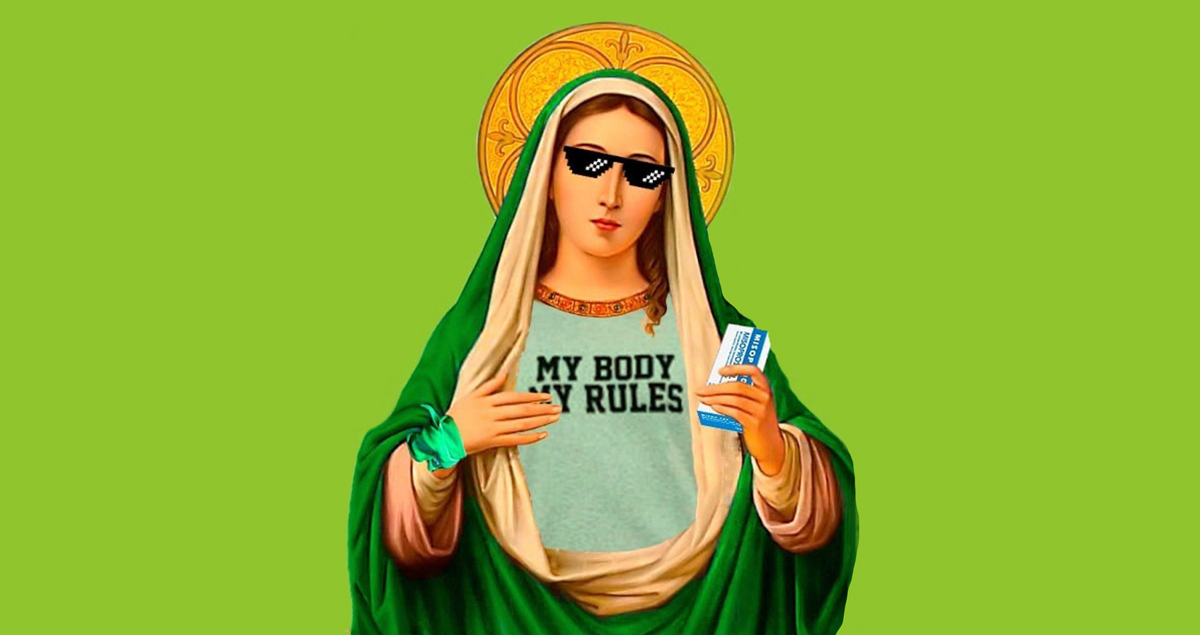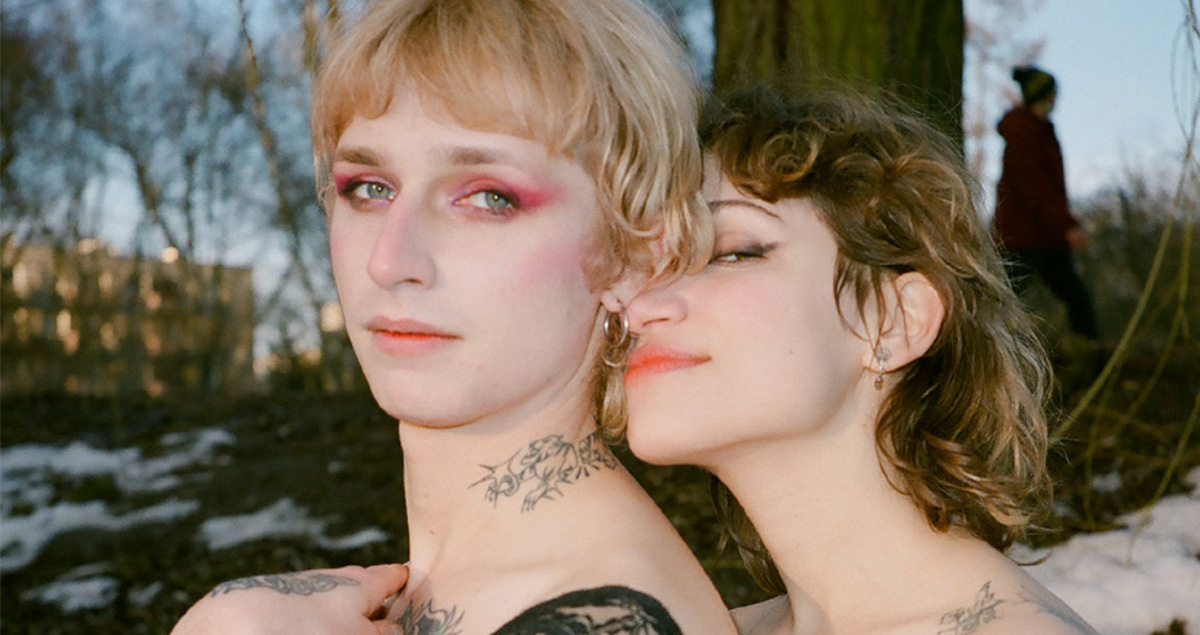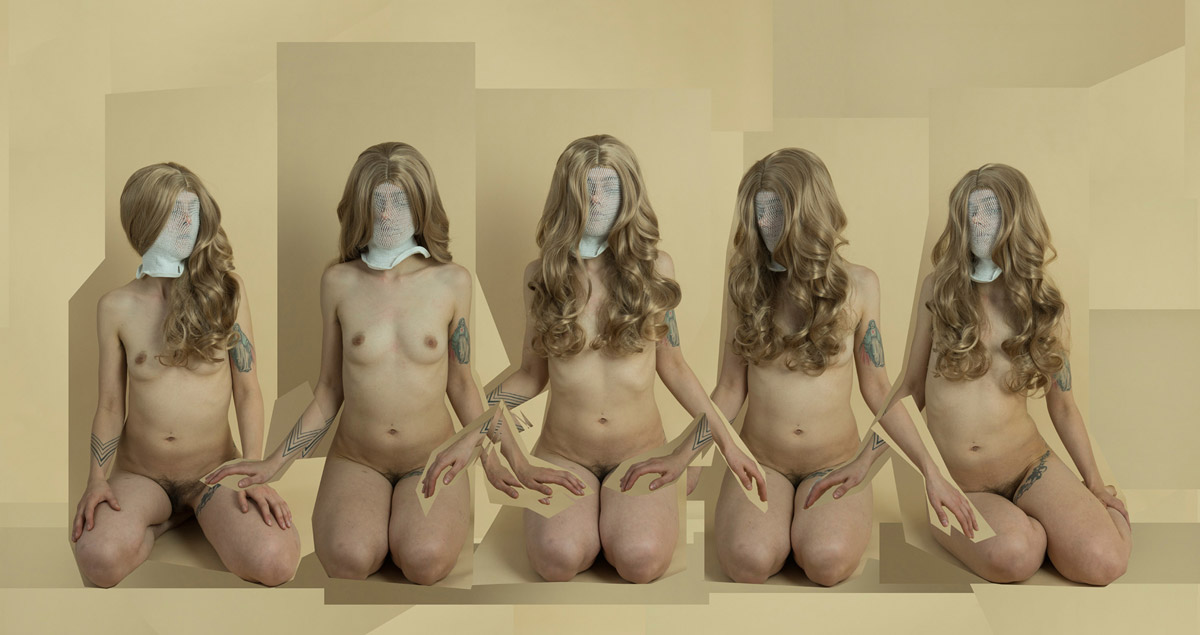Poland is a divided country. We spent 3 years on the road trying to understand why
This is our PolandIn 2017, against a backdrop of increasing political polarisation in Poland, Adam and Dyba Lach dreamt up a bold plan — a series of road trips on which Adam would take photographs and Dyba would hold interviews with Polish people, in an attempt to understand what was happening to their country.
Partly inspired by Robert Frank’s seminal 1958 photo book The Americans, another attempt to understand a particular place and time, the Lachs worked on their project for three years. They aimed to visit all of Poland’s 16 voivodeships, or counties, spending a week or two in each destination. Between journeys, they went back to Warsaw to research their next destinations, looking for regions with specific customs and dialects — the highlander traditions of Podhale, for example, or the unique languages of Silesia and Kashubia.
“All these encounters were something new for us, they showed problems that are not usually discussed”
When they felt they had enough material, they worked with acclaimed photographer and designer Rafal Milach and Ania Nalecka to put together a book: the recently published, provocatively titled, How to Rejuvenate an Eagle. Combining Adam’s images of Polish people, society, and landscapes with extracts from Dyba’s interviews, the book is a gentle but thought-provoking look at a country which seems at a crossroads.
Partners in life and work, Adam and Dyba Lach published another book together in 2014 – Stigma, a look at a 60-member family of Romanian Roma living in an encampment on the outskirts of Wroclaw — which won the International Photobook Awards 2014 and the Beata Pawlak Literary Award. Adam is the co-founder of Napo Images, and works for titles such as The New York Times, Le Monde, and Die Zeit. Dyba is an author, documentarist, and producer.
What prompted you to pursue this project?
Dyba Lach: Something changed in Poland about 10 years ago. After the Smolensk air disaster [in which 96 people were killed, including Polish President Lech Kaczyński and his wife Maria, along with other Polish officials], people started to divide. They began to express their varied world views and notice the things that separated them. In 2015, a conservative, right-wing party came to power and started to introduce their own authoritarian methods. They blocked the democratic state institutions that opposed them and took over the media, creating an image of a homogenous country of white, conservative Catholics, and spreading hatred, discrimination, racism, and homophobia. Now this is all evident in Poland, but at first these changes were gradual, sometimes even imperceptible.
“One of the aims of communism was to create a homogenous society, which was unified and united. Now Polish politicians are trying to throw everyone into one of two bags”
For us, the immediate impulse was to capture what was happening on the streets. In 2016, there was the first large demonstration: Black Monday, where thousands of women protested against plans for a total ban on abortions. In 2017, demonstrations began in defence of democracy, human rights and freedom, and since then they have taken place regularly, mostly in large cities. Some time during that year, we were at home talking about our country and the public mood. I wanted to leave the country for a few months, to take a break and get a new perspective. Adam wanted to photograph Poland, to check it out before leaving. Then we decided to stay, to document these changes and try to analyse what was happening.
How did you make the project?
Adam Lach: Sometimes we stayed in a place for a few days and found people nearby; sometimes we had an interview set up in advance and visited a village or a town for a few hours just to do the interview and take a picture. We tried to photograph almost everyone we interviewed, and after each interview, we tried to fit them in a frame that spoke to the heart of the matter, whether it was a portrait or not. After that, we came home to do some paid assignments and plan the next trip.
DL: These breaks were really important, they gave us a chance to think through what had happened, and who we had met, and to understand what topics we had touched upon. A really significant part of Poland appeared to us as something completely new. We got to know the German minority who, living in the centre of Silesia, don’t speak Polish at all. We went to talk with Lithuanian communities, to think about what happened after the Second World War and during the communist era, when we stopped treating each other as friends. We know little about each other today. We met with a young woman in Podhale, who was part of a same-sex couple but had to deal with a region with very conservative traditions. We talked to a man who, having German-Jewish roots, was called “You German” or “You Jew”, all his life. The first place we went to was Warmian-Masurian, where we met a man with Polish-Ukrainian roots. All these encounters were something new for us. They showed problems that are not usually discussed, and that often revealed national traumas and unhealed complexes.
Why did you want to have interviews as well as photographs?
DL: We wanted to give a voice to the people, even to create a “collective voice” of the Polish people talking about our common issues. We wanted to find an essence of Polishness or Polish identity, and to try to understand it. In the simplest terms, Poland is really divided. We have a pro-Western, pro-European, modern, leftist society, living in the big cities, speaking in various languages, working in international companies. On the other hand, there are post-serfdom peasant communities, which are beginning to become the middle class and which are pro-national, pro-Polish, traditional, and Catholic.
One of the aims of communism was to create a homogenous society, which was unified and united. Now, Polish politicians are trying to throw everyone into one of two bags. But we wanted to get away from this dichotomy and, taking a closer look, we found that Poland consists of small communities which differ from each other in many ways, not just in terms of politics.
Some of the text is directly written by Dyba, setting out her thoughts on the trip and what you were discovering about Poland. Why did you include that?
Those words came to me on the journey. It was how I dealt with our experiences and the emotions that arose from them. The first text I wrote concerned two young people, a brother and a sister who used our meeting as a kind of family therapy, to talk through previously unspoken matters. That made me understand that our role wouldn’t always be clearly defined or carefully planned by us, that we had to be very attentive to the people we met, and that we had to take responsibility for entering their lives. It also made me understand that we were not completely neutral.
How did you put together the images and the text? For example, after the interview in which a man called Krzysztof discusses the village of Kadlub Wolny and its economy, there’s a photograph of an expensive car. Is this a reference to the power of money?
DL: We decided to create two separate narratives: text and visual. The photographs are arranged in one sequence, the texts in another, and both narratives intersect at certain points. These intersections create new connections between the words and the images. Some interpretations we didn’t expect, such as your reading of the car and Kadlub Wolny. But one of the book’s strengths is that it allows readers to create their own readings.
Why did you include photographs of roads?
DL: For us, these photos symbolise the path we’re on as people, not just as Poles. Anyone can identify with that. But for us, the image of a road divided in half, leading to infinity, has also become a symbol of the division of Polish society.
Are there any images that have a particular symbolism for you?
AL: This image, which is the first to appear in the book, includes everything that describes our country. You have a statue of Jozef Wybicki, who wrote the words of the Polish national anthem, and therefore represents all the national and historic things. After him you have a classic horrible Polish landscape, full of advertising and plastic crap. Then, in front, you have young people playing chess.
There are lots of photographs of large groups — was that deliberate?
AL: We were very interested in how a person functions as an individual, in their family, in their community, and more broadly, in society. Indeed, one of our observations is that Poles are doing great as individuals or in small communities – the problems, tensions, and conflicts begin in larger groups. I think this is a kind of post-communist syndrome. On the one hand, the national community plays a very important role in our country, but on the other hand, it almost always causes distortions and creates problems, due to our terrible history and untreated traumas. Poles are eager to celebrate their historic failures, but reluctant to look to the future and focus on how to make today better.
How did you find Henryk? [Henryk works at a bird-of-prey rescue centre in Wielkapolskie county, and his interview provided the book’s title, How to Rejuvenate an Eagle].
DL: We were looking for an eagle as it’s the national symbol of Poland. That we found this bird injured, damaged, and excluded from nature was a coincidence. When Henryk started talking about the eagles’ rehabilitation process and character traits, we immediately saw the metaphor and knew we wanted to use it.
Pick one photograph from the book and tell us something we would have never known about it.
AL: This is Trzebiszcze, a sacred place for pre-Christian Slavic believers, a temple open to the heavens. This picture was taken during Kupala Night, which is celebrated on on the 6 or 7 July in the Gregorian or New Style calendar (or 23 and 24 June in the Julian or Old Style calendar) in Ukraine, Belarus, Russia, and in Poland, at the foot of the holy Ślęża mountain, in Dolnośląskie County. These people participated in old Slavic religious rituals.
The book is backed by a scholarship from the Ministry of Culture and National Heritage. Does it contribute to the current interest in Polish culture and heritage?
DL: When we applied for the scholarship, the ruling party’s stance was not so obvious yet. This book is obviously not in line with the wishes of the government and the Ministry of Culture, as it suggests there is room for otherness in Poland, because that’s what we are composed of. Now that the book has come out, we’ve heard rumours that the scholarship committees will be examining artists’ cultural and political preferences more closely. Which is, of course, scary.
Do you think some of the themes you found might apply to other countries? Is Poland a kind of microcosm?
DL: Yes, we believe it is! But we also heard that people in America see a reflection of their country in this book. I think that the problems that concern us are very similar in many places.
